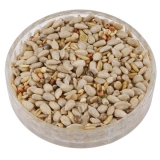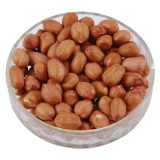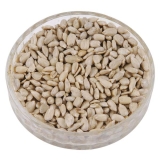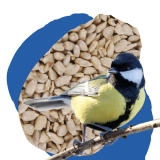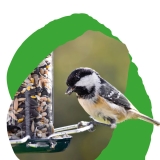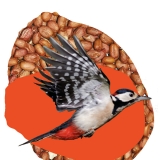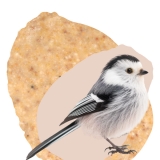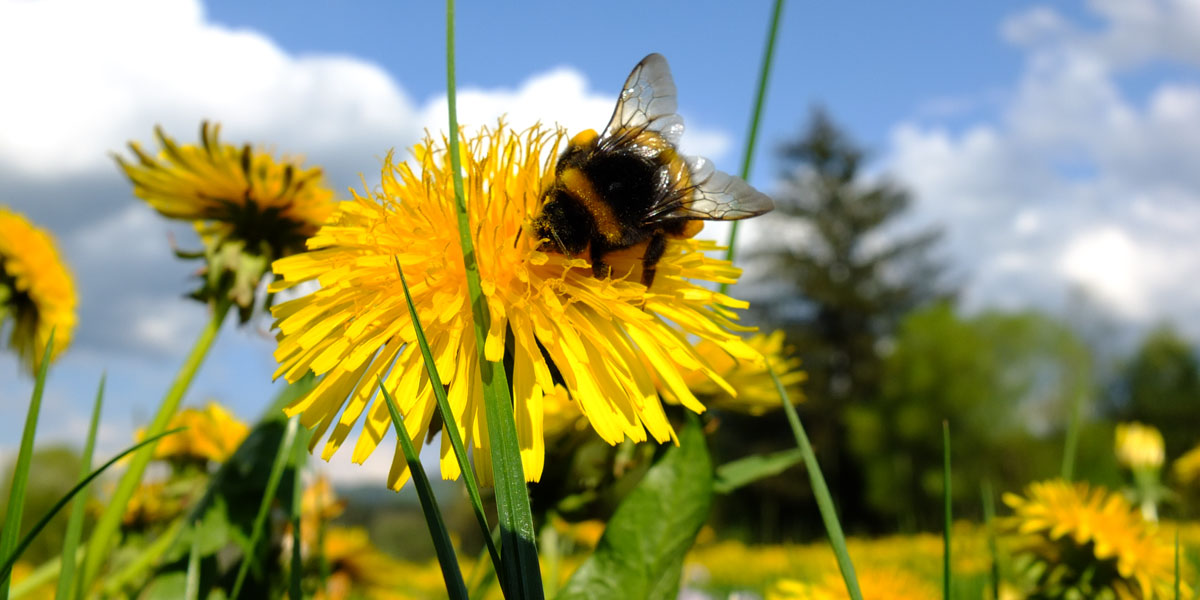Explore Our Garden Wildlife Blog
Browse or search by Category or Keyword below, alternatively click on any Tag to see related articles.
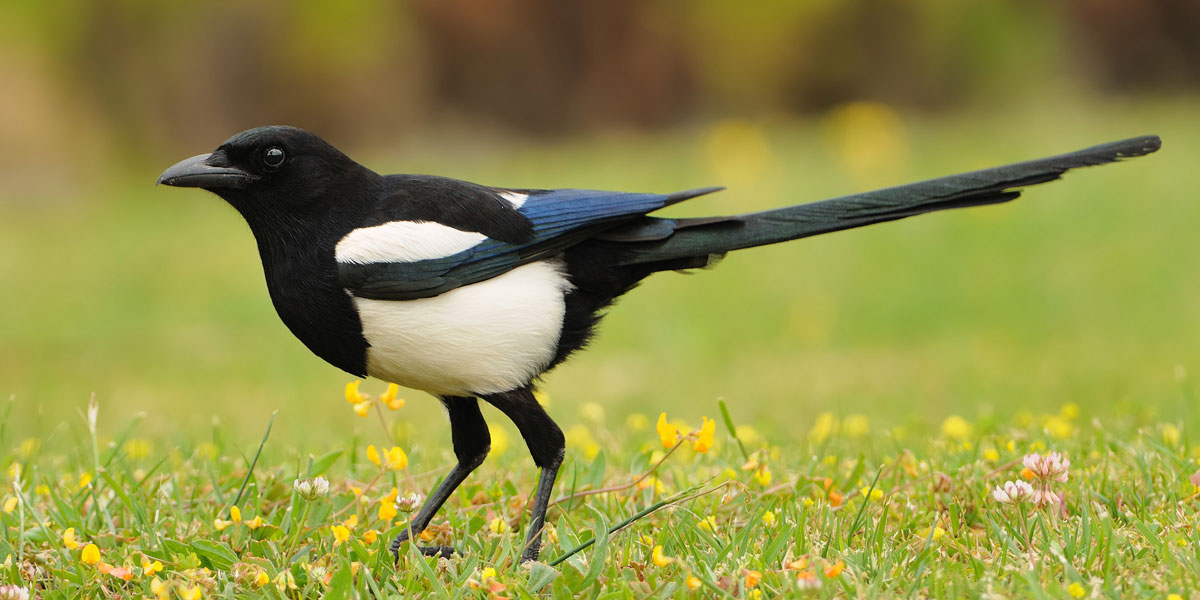

British Magpie Habitat, Food & Identification
By Ark Wildlife
23rd February 2023
Last Updated: 25th September 2023
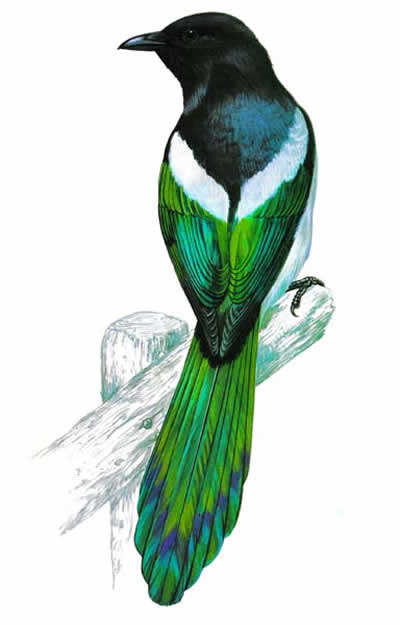
Magpie identification
Length: 46 cm.
One of the most distinctive and easily recognised birds in Europe, due to its very long graduated tail and black and white colouration. The purple-blue gloss on body feathers and green gloss on the tail are only apparent when seen at close quarters. The youngsters are duller than the adults and has a much shorter tail.
Their flight is weaker than that of other crows and appears unbalanced due to the long tail. On the ground they hop or walk sideways. They are usually seen in small flocks, except at roosts and in spring when it gathers in greater numbers.
Characteristic magpie behaviour
Magpies are one of the most intelligent birds (and animals!) ever to exist. They have a good long-term memory and they can recall faces. And they’re savvy enough to hoard food when it’s in plentiful supply. As predators, they eat young birds (as most corvid species do), but this doesn’t seem to affect bird population trends.
They’re also incredibly entertaining to watch as they’re so playful, pulling and shaking various objects in your garden just for the fun of it. Younger magpies often form small flocks, with some adults also joining the flock in winter, so you’ll often see them playing together.
Magpie call and song
A Magpie’s usual call is a rapid ‘chat-chat-chat-chat’.
Where and when do Magpie nests
Breeding starts from early April. The nest is a bulky cup of sticks, mud, plant fibre and hair. An open dome of twigs, leaving an opening at the edge of the cup, is usually present. Both male and female build the nest, which is situated in bushes or trees or rarely on buildings.
They lay five to eight eggs, rarely up to ten. They are a bluish greenish or buff colour, heavily spotted with olive brown and grey. The female alone incubates for seventeen or eighteen days. Both parents tend the young.
Magpie habitat
The Magpie loves areas with scattered trees and scrub, including cultivated land and suburban areas.
What do Magpies eat?
Magpies mainly eat insects, but also small mammals, birds (and their eggs and young), worms, molluscs, berries, grains and vegetable matter, such as nuts.
Magpies are known to be scavengers and will happily eat any leftover scraps found on bird tables or beneath bird feeders!
Where should you Feed Magpies?
Feeders – Not suitable
Table – Open topped
Ground – Scatter food in the open
Ark Wildlife’s pigeon proof bird feeders are great in deterring Magpies and enabling smaller birds to eat in peace.
External sources/references
How long do Magpies live?
Many Magpies don’t survive the first year of their life, but for those who do, the average life expectancy is around three to four years.
Do Magpies mate for life?
Yes, Magpies are extremely loyal and typically mate for life. If the male Magpie dies before his female partner, the female will look for another male to help raise her young.
Do Magpies migrate?
No, Magpies are non-migratory birds and will rarely travel more than 20 km from where they were born. These birds are highly resourceful and spend their winters eating wild berries and seeds along with foraging for other food scraps.






